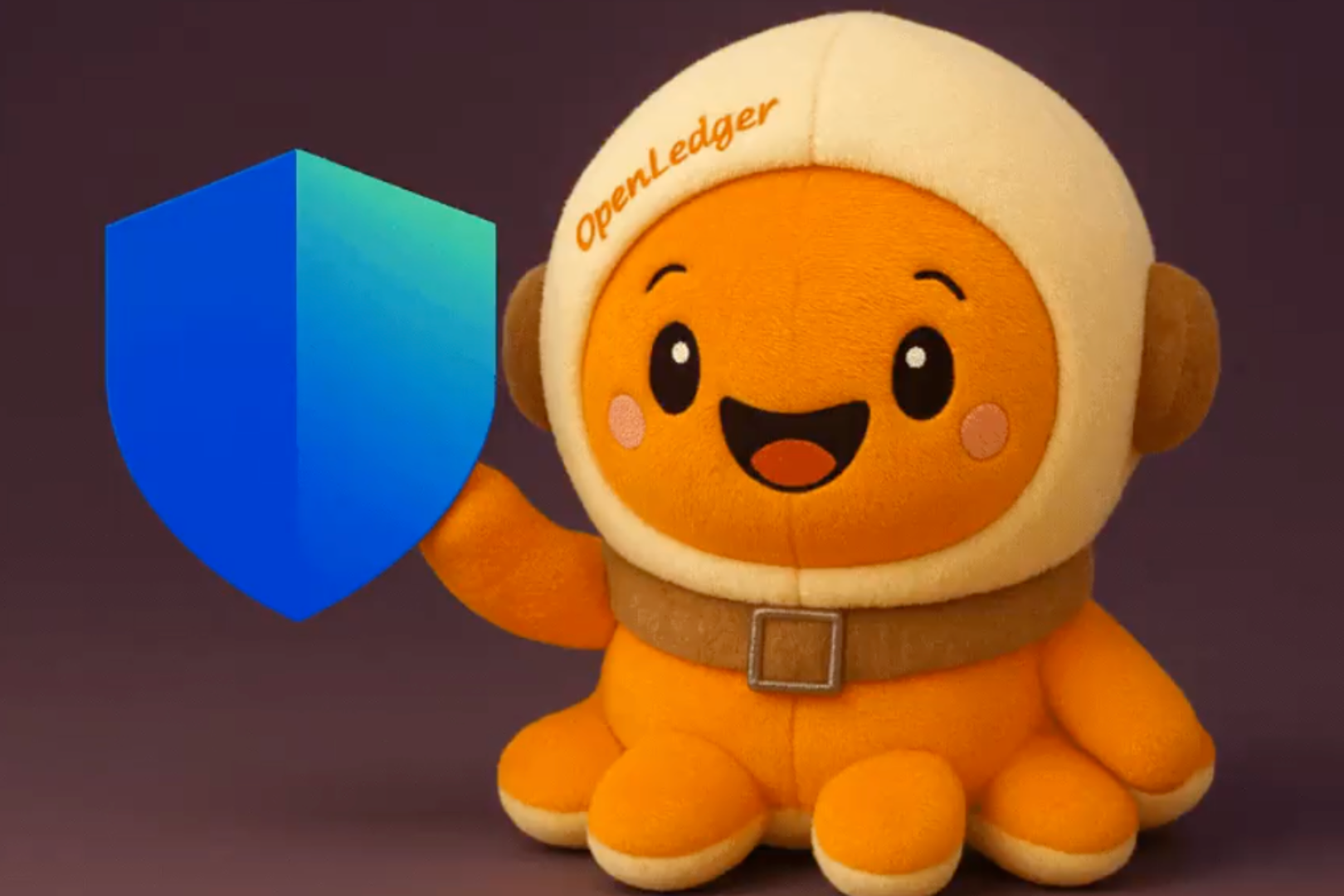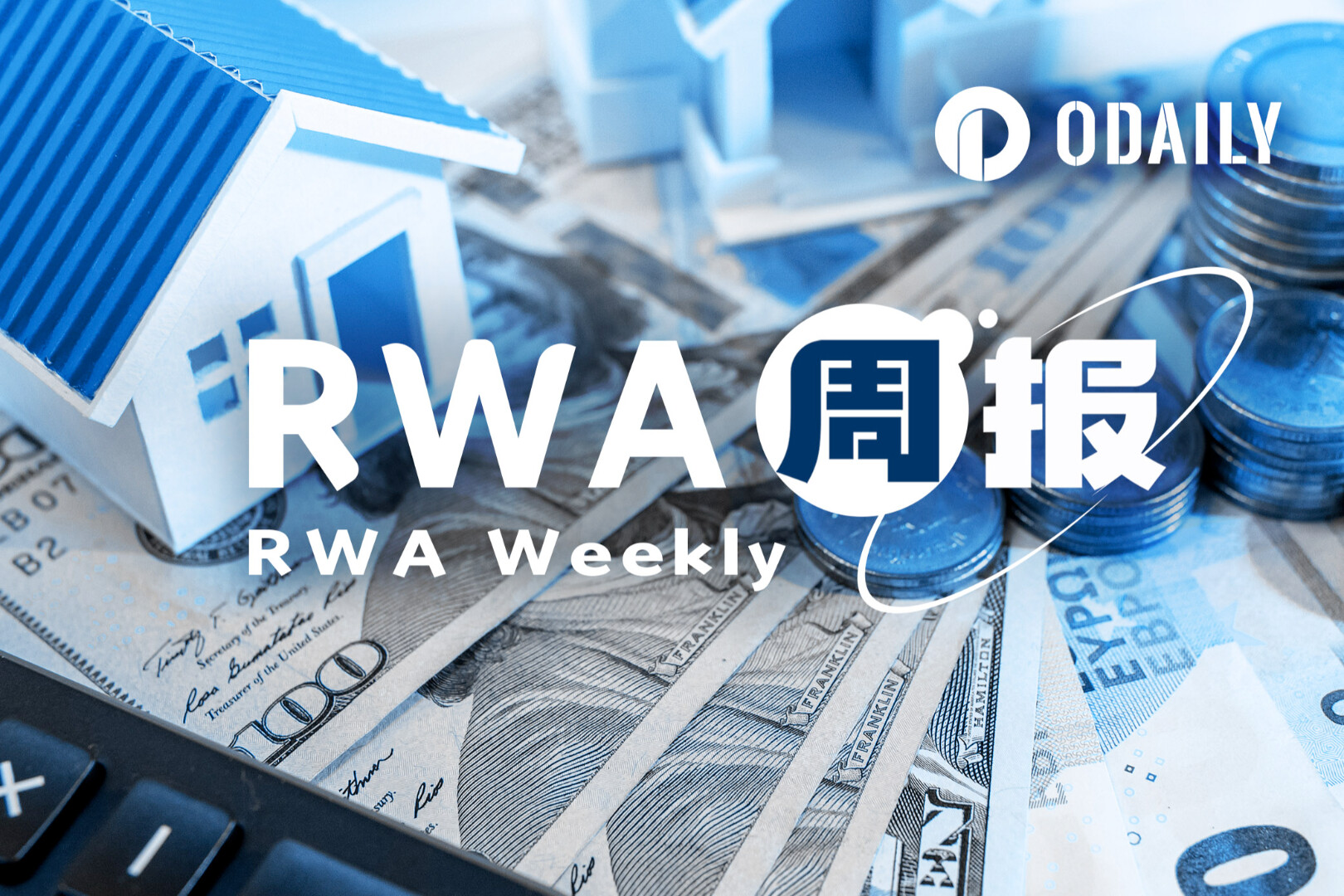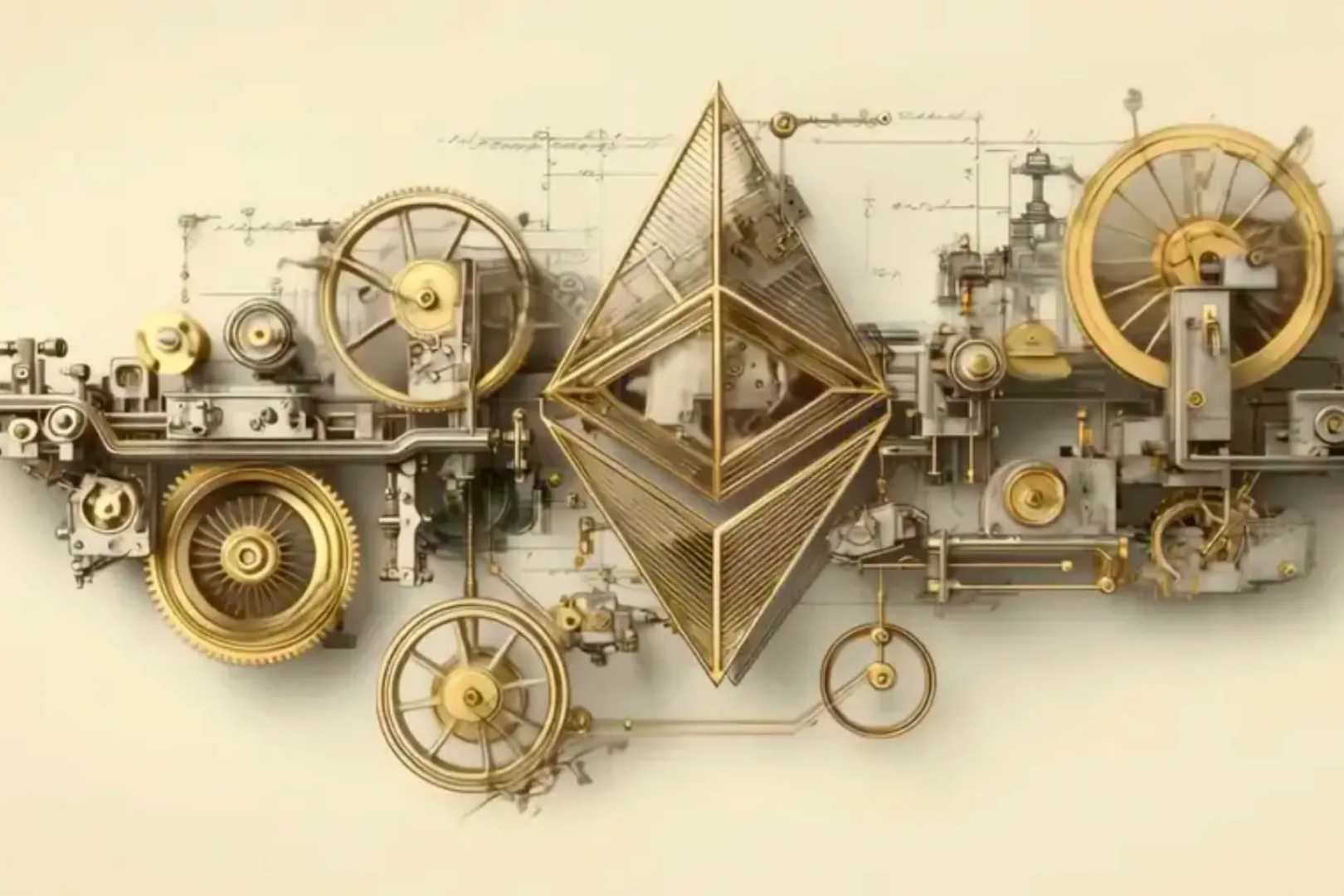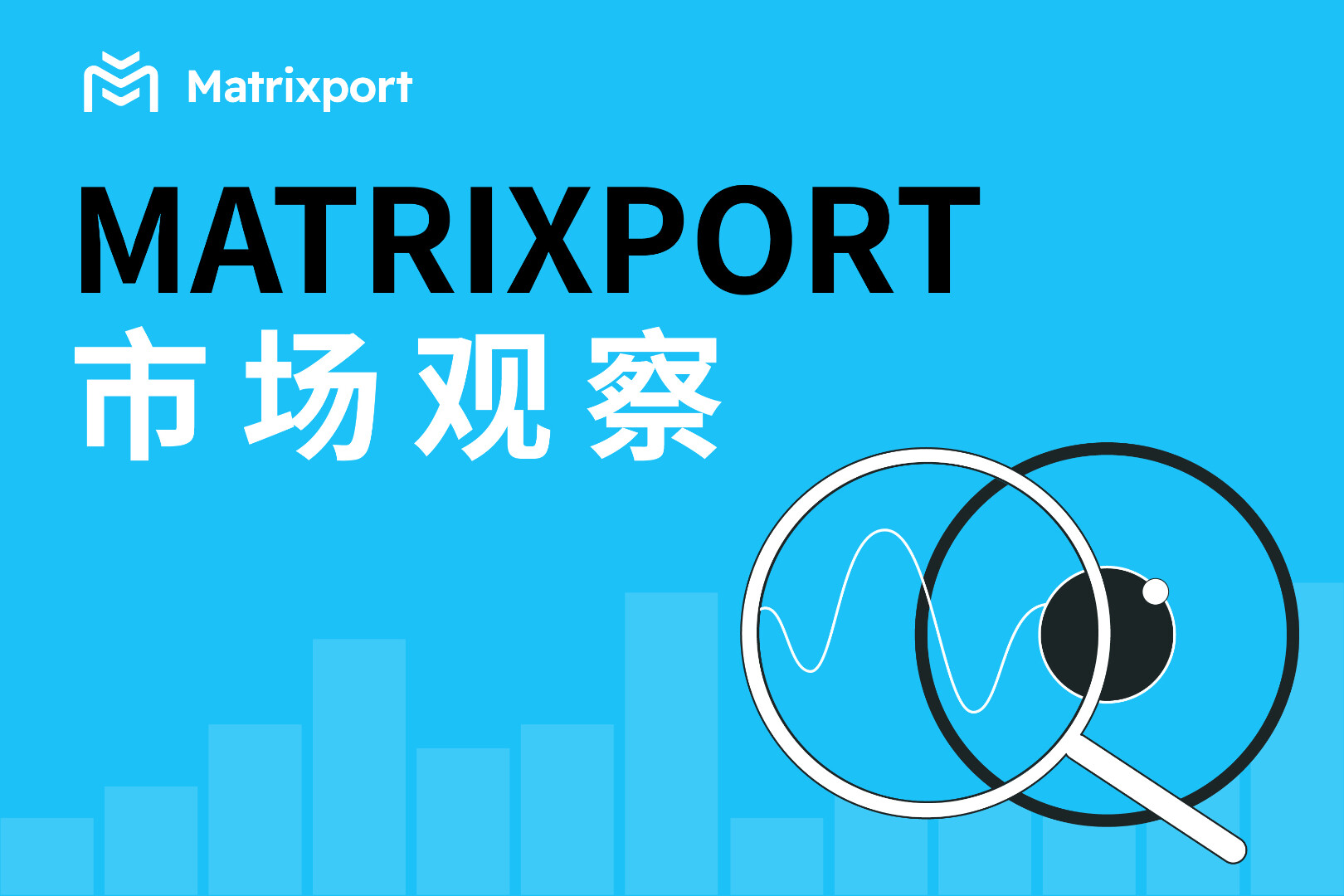

AAVE:
AAVE is a 100:1 substitution of LEND. Aave, formerly known as ETHLEnd, is a decentralized p2p lending platform that allows people around the world to get loans or become lenders. As a decentralized platform, using blockchain technology, Aave enables users to obtain loans or financing in a secure manner within minutes.
The Aave decentralized lending pool is a supplement to the ETHLend P2P lending model and is a new and improved lending model. Under this new lending model, users will be able to become both lenders and borrowers by simply depositing assets into the pool and earning passive income from the assets they hold, which can also be used as collateral for borrowing.
At the same time, the Aave team is also sparing no effort to develop an upgraded version of the protocol: Aave V2. Aave V2 was launched in December 2020, bringing many new features and improvements, such as: collateral swaps, batch loans, debt tokenization, native credit authorization.
Aave is clearly one of the most important protocols in the decentralized finance space, and it will remain one of the main components of DeFi for the foreseeable future. One of its strong points is its community, also known as Aavengers. Since the ICO era, many members have been very supportive of the protocol.
Due to the popularity of Ethereum, transacting with Aave and other Defi protocols can be very expensive, especially with small amounts of funds. In order to solve this problem, Aave is similar to other major Defi protocols, and Aave is also exploring the possibility of Layer 2 launch. This will make decentralized lending more accessible to everyone.
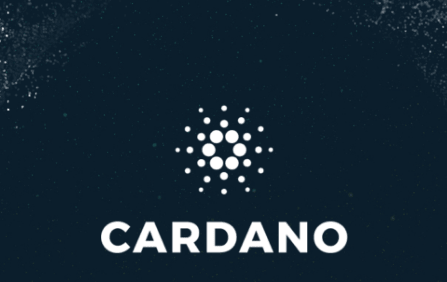
ADA (Cardano):
ADA is the currency of the Cardano protocol, which can be used to send and receive digital funds. This digital cash represents the future of money and enables fast direct transfers secured by encryption.
Cardano is a completely open-source project developed by a team of developers, scientific researchers and freelance developers. It separates the settlement layer from the technical calculation layer. The original Ouroboros algorithm has been reviewed by the academic community. The purpose is to find a healthy intermediate link for regulators to interact with commercial activities without affecting some of the core principles inherited from Bitcoin.
Cardano has overtaken Polkadot as the largest POS network in terms of total value staked.
Cardano (ADA) worth more than $6.98 billion was pledged, and the total pledged amount accounted for 69.53% of the total circulating supply. Polkadot (DOT) ranked second with more than $6.02 billion (60.87% of total pledges), followed by Ethereum 2.0 (ETH), Synthetix (SNX) and EOS.

ATOM (Astro Boy):
The Cosmos project is a highly forward-looking and innovative blockchain cross-chain project initiated by the Tendermint team in 2016. The goal of the Cosmos project is to finally realize the "Internet of Blockchains" by implementing such a basic function as token transfer, and construct a deeply integrated token economy ecosystem. Cosmos Hub is the first cross-chain Hub of the Cosmos ecosystem. ATOM is the pledged equity token of Cosmos Hub, which can be used for spam prevention mechanism, mortgage dividend and community management voting mechanism.
CosmosHub is the main blockchain of the Cosmos ecology. It has undergone several version upgrades, but the IBC protocol, a key part of the entire ecology, has not been fully applied. Waiting for the IBC protocol to go online and apply, the cross-chain ecology can start running. This is the importance of the cross-chain protocol for the cross-chain ecology, and the same is true for Polkadot, but Polkadot's XCMP was designed earlier, and the launch progress is different. Many projects hope to build some innovative products through the Cosmos SDK. When the IBC protocol is launched and the new mainnet upgrade is completed, the number of developers using Cosmos may increase significantly.
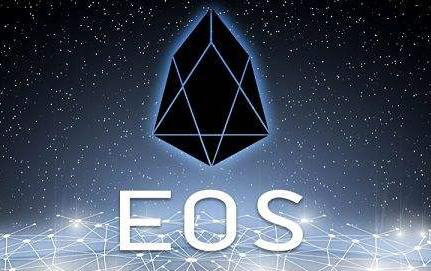
EOS (Grapefruit):
EOS is an operating system-like blockchain architecture platform developed by BM, which aims to realize the performance expansion of distributed applications. EOS provides accounts, authentication, databases, asynchronous communication, and program scheduling on hundreds of CPUs or clusters. The technology's final form is a blockchain architecture that can support millions of transactions per second, while ordinary users pay no fees for usage.
The features of EOS are:
1. The consensus mechanism of BFT+DPOS.
2. Transactions are free
3. Provide a complete account system, which can help developers quickly develop their own DAPP.
EOS, which was born with a halo, has been highly praised by the market, but it has also been controversial because of its efficiency, market, management and other issues, and has even been criticized as a zero project.
1. Efficiency is lower than expected. While sacrificing complete decentralization, EOS has not greatly improved efficiency, which will inevitably greatly reduce market expectations for EOS.
2. The promotion is not in place. After the mainnet was launched, with the fame of the founder BM, EOS once soared to 130 yuan. However, the follow-up EOS development team concentrated on program development and rarely participated in marketing work.
3. Excessive centralization of governance. EOS adopts the Delegated Proof of Stake (DPOS) consensus mechanism, and all currency holders vote to select 21 super nodes and dozens of backup nodes. EOS transactions are voted by 21 super nodes, and if more than 2/3, that is, 15 or more nodes pass, they can pass.
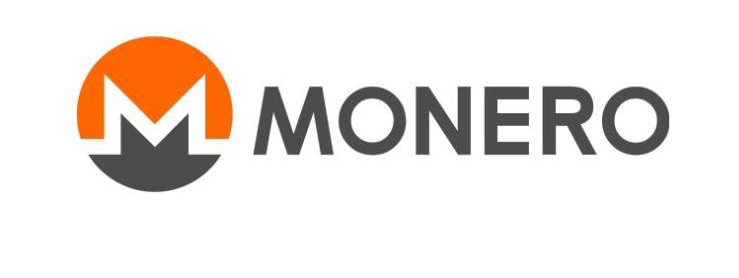
XMR (Monero):
Monero (XMR) adopts the core algorithm of CryptoNote, a digital currency based on the new digital ring signature, the block time is 600 seconds, the reward of each block is uncertain, and the total amount of currency is 18.44 million. It was released on April 18, 2014 .
XMR, a virtual currency that uses the CryptoNote protocol, is not a fork of Bitcoin. CryptoNote was developed in 2012. Bytecoin already used the CryptoNote technology, and XMR was developed in 2014. It can be predicted that the CryptoNote technology is very mature. At present, there is little publicity on the anonymous technology of this currency in China, and it is well-known abroad.
It focuses on privacy, decentralization, and scalability. Unlike many cryptocurrencies derived from Bitcoin, Monero is based on the CryptoNote protocol and has significant algorithmic differences in blockchain obfuscation. Monero's modular code structure has been appreciated by Wladimir J. van der Laan, one of the Bitcoin core maintainers. Monero is committed to becoming a fungible and untraceable electronic currency with a higher degree of anonymity than Bitcoin and its forks.

DOT (Poca):
The Polkadot community voted to approve the 100-fold DOT split plan. This is DOT that has been split 100 times. DOT is the token created and native for Polkadot and is used to perform key functions of the platform. Polkadot will realize a completely decentralized Internet where users have full control. It envisions an Internet where everyone's identity and data are in their own hands, without influence from any central authority.
Polkadot aims to facilitate the Internet by connecting private chains, alliance chains, public chains, open networks and oracles, and future technologies that have not yet been created. Independent blockchains can exchange information in a trustless manner through Polkadot's relay chain and transactions. It makes creating/connecting decentralized applications, services and institutions easier than ever. It is a revolution not only in terms of blockchain technology, but also in enabling fairer peer-to-peer digital jurisdictions.
Phala founder Tong Lin recently said: Polkadot is a strong competitor, only lower than Ethereum in terms of community consensus strength, developer quality, and popularity. In addition, Polkadot's interoperability and parallel chain mechanism can expand more possibilities for the current blockchain ecology, coupled with BTC bridge, ETH bridge, etc., the actual ceiling has no upper limit, and off-chain assets can be imported indefinitely. As a differentiated ecology, Polkadot is expected to surpass Ethereum. Let us wait and see how Polkadot will develop in the future!



